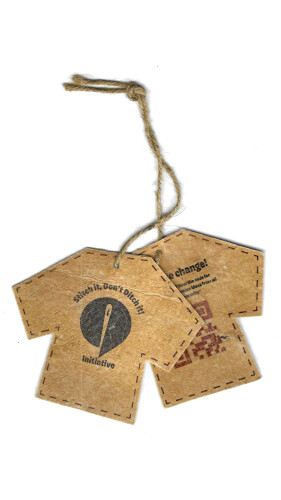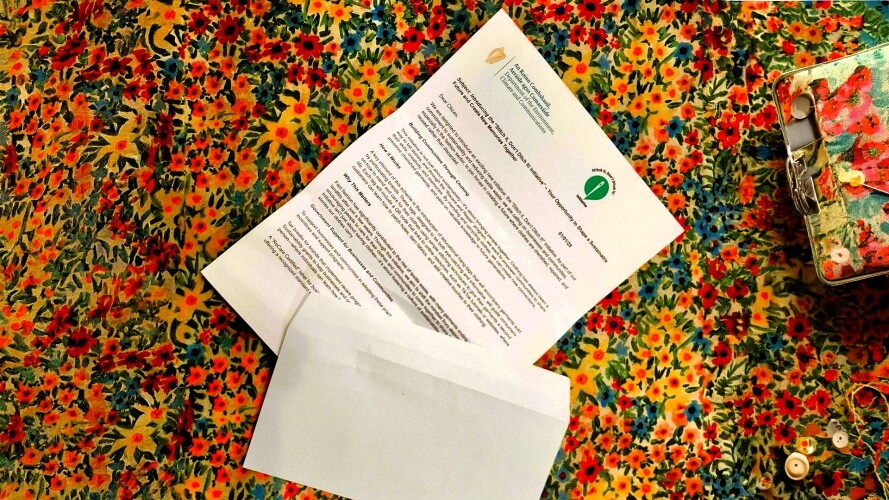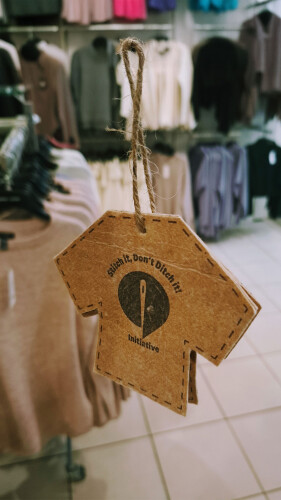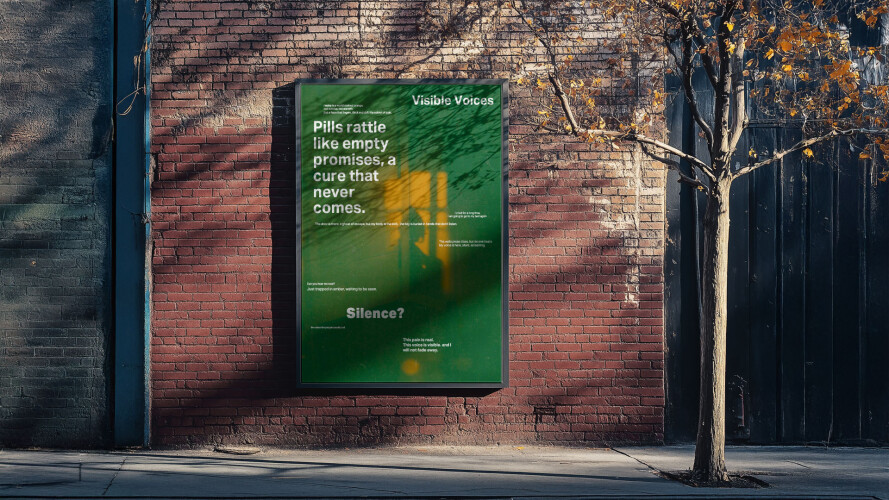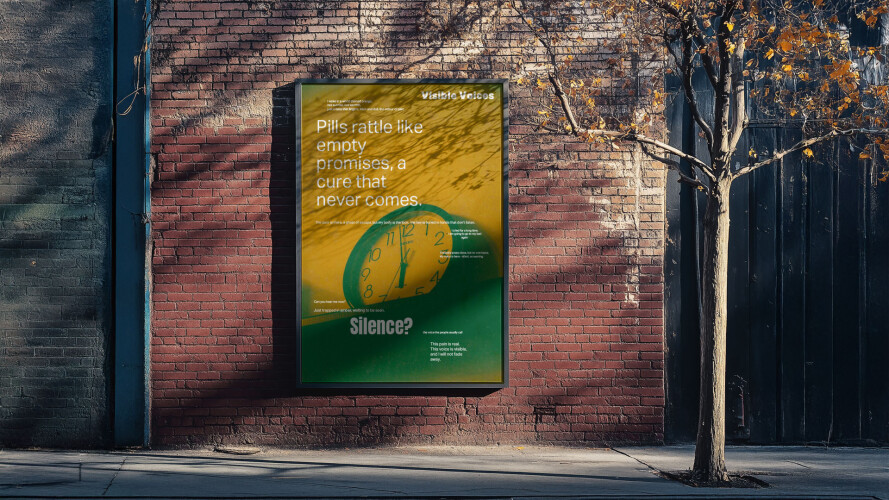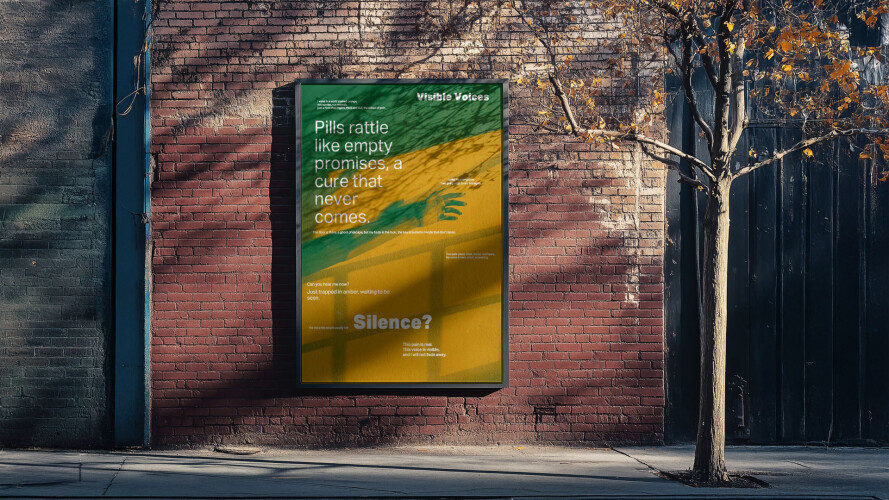Stitch it, Don’t Ditch it!
This project responds to the RSA’s “For the Long Time” brief by addressing fast fashion’s environmental impact through a national initiative promoting mending and upcycling. Rooted in personal heritage and sustainable values, it reimagines traditional skills as tools for long-term change. I created handmade, biodegradable hang-tags embedded with QR codes linking to mending tutorials, alongside a supportive website featuring how-to guides, personal stories, and community forums. The initiative includes a “ReCare” certification for participating businesses, encouraging a culture of repair over disposal. Through accessible design, government collaboration, and community workshops, this project champions a return to slower, more mindful consumption - one stitch at a time.

